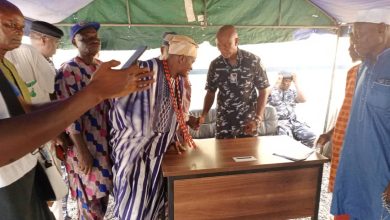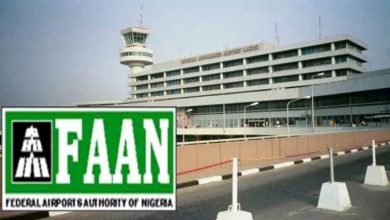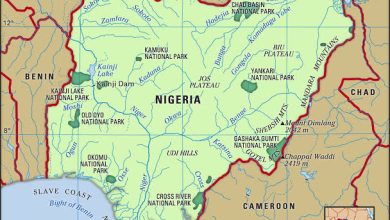Foundation Trains Journalists On Transitional Justice Media Reporting, Advocacy

By; SADIQ ABUBAKAR, Maiduguri
Allamin Foundation for Peace and Development, has organized a one day training workshop on Gender Mainstreaming in Media Reporting and Community Advocacy of Transitional Justice and Reconciliation on Monday in Maiduguri, held at Hajja Mangal Memorial Hall, Giwa Barrack Area Maiduguri.
In her opening remarks, the Executive Director, Allamin Foundation for Peace and Development, Hajiya Hamsatu Allamin said the workshop was organized to acquaint the media practitioners with the nitty gritties of gender reporting and advocacy on Gender Based Violence (GBV) in conflict or crisis environment.
She added that the training is aimed at orienting Maiduguri based working journalists on how to handle issues, problems and challenges of reporting categories of gender in conflict areas, as well as approaches required at the field in relating and interviewing gender in violent or conflict communities among others.
According to her, the workshop became necessary due to the peculiarities associated with the effects of the insurgency and nature of the culture, tradition and norms of the people of Borno State as the epic center of the crisis and are badly affected by the insurgency in terms of livelihood, survival welfare, labour or employment and security.
The Executive Director while presenting a paper titled, “Gender Mainstreaming in Media Reporting and Gender Sensitive Indicators for Situation Analysis & Early Warnings” said these questions serve as a guide for undertaking gendered situation analyses/reporting in societies affected by conflict and transition for media practitioners and CSOs
She noted also that because media plays a vital role in conflict resolutions and mediation through various media platforms in different forms of media communication policies and intercultural perspectives such as peace journalism and sensitive conflict reporting out of experiences and trainings.
Hajiya Allamin further explained that Gender Sensitive Indicators are factors for Situation Analysis & Early Warning, where questions such as do men and women differ in how they define/experience security concerns and needs? How? Are they experiencing changes for better/worse? What threats do civilians face in terms of movement served as criteria for assessing situation.
She added that questions such as do men and women have equal freedom of movement? Are men or women walking alone or in groups at night or during the day? Is there sufficient lighting? Who travels, how and in what circumstances?) Are there reports or indications of change in experiences or particular regions –vis-à-vis particular men/women in communities? Or behavior of security or community actors?.
“Differential experiences for men/women? What crimes are being committed or reported? Who are the perpetrators? Who are the victims? To whom are crimes being reported? Are there new types of crimes? Gendered attacks? Are people reporting more/less?increase research on gender.
“Others Include the type of weapons that are being used? Are the weapons used against women the same as the ones used against men? Is there a change in type of weaponry like light to heavy arms, use of knives? Illicit or legal? Who has weapons? Where do they get them from?” The Executive Director added.
The Director also said the type of reports of weapons that flow such as are women/men implicated in smuggling? Is inadequacy of pay a factor in making the police corrupt? Is the police/security sector behavior changing – better/worse?
“What reports or incidences of sexual assault like often women’s organizations are the holders of this type of information. Are there community-based policing structures in place? What role do women and/or men play? Are women/men coming to meetings? Feeling safe to discuss/raise issues? How are women and men experiencing interactions with police/ military forces?
” How do men react / treat women if the women are abused by “power structures” and / or sexually attacked by militias or men of other ethnic origin? Can it generate inter-communal militarization of society? What factors are promoting or influencing recruitment into armies or militias?
“Who is being recruited or is most vulnerable to recruitment? Why? How are women/men being approached/engaged for recruitment/support to armed actions like violent extremist movements, or state led crackdowns domestically or war?
” What dangers do men and women face in terms of abduction / forced recruitment? What elements are active to resist militarization? Are they feeling increased pressured/threats to self-censor? Have there been any programmes for disarming, demobilization and reintegration? How successful have they been? Were women and girls included or excluded? How?”, Hamsatu said.



